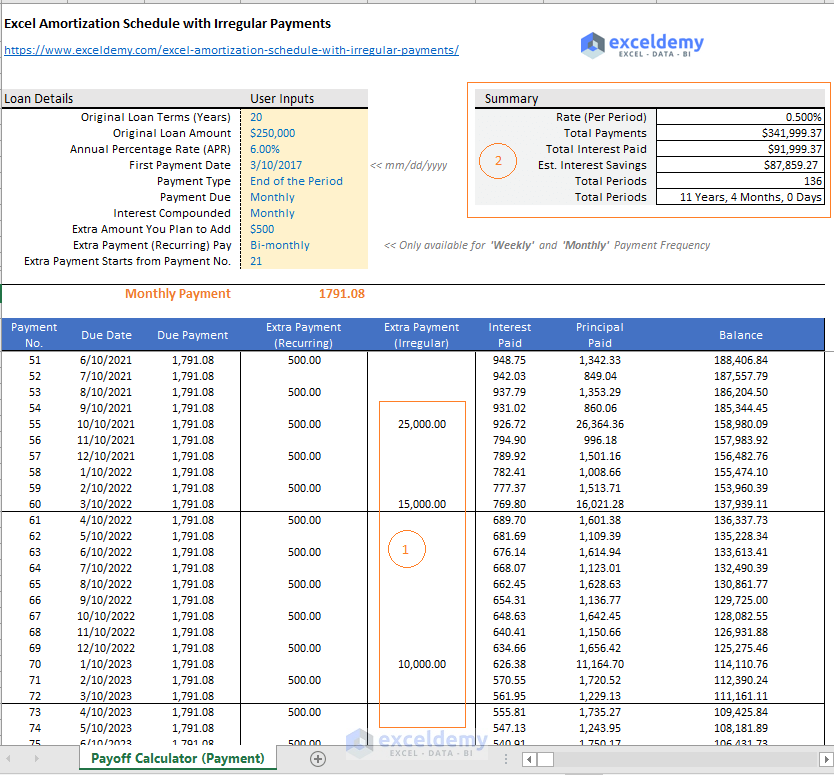

When you’re done, you should have a nice, clean calculator that can take the basic inputs of a loan to calculate a monthly payment! Car Loan Calculator Example My sum formula looks like this: = SUM( C3, C4, C9* C7) Let’s add a quick SUM formula that adds up those three values ( overview of the SUM function here, if you need). Remember, she’s potentially paying cash as a down payment, trading in a vehicle that has sale value, and she’s paying monthly payments for the duration of the loan. The last thing we may want to include is a total that shows our car buyer how much money she will end up paying. If you are building your model exactly like mine, the formula for the monthly payment will look like this: = PMT( C6 /12, C7,- C5) The remaining inputs, fvand typeare for more complicated calculations and we don’t need them for our project, so we’ll leave them alone for now. My loan amount is in C5, so my input will be -C5. Since we usually like to see the loan as a positive number, we’ll change the sign right in the function. Finance types are kinda weird, so they Excel likes to assume that the loan amount is negative.
#Biweekly car loan calc code#
The pvinput stands for present value, which is finance code for how big the loan is. My loan term is already specified in months, but if you decide to use years, don’t forget to multiply by 12 to get the number of payments! My input for nperis going to be C7. The nperinput is the number of periods the loan will be paid back over. If your interest rate variable is in the same place as mine, the input will be C6/12. Because of this, you need to divide the APR by 12.

Important: This is NOT the APR! The APR is an annual rate, but (most) car loans are paid monthly. The rateinput is the amount of interest collected per period. The basic syntax for PMT is as follows: = PMT( rate, nper, pv,, ) The key question for most people when taking out a car loan is “What will my monthly payment be?” Fortunately, Excel has been around the block a few times with this kind of question, and there is a special function just for this calculation, called PMT. Making the Calculation with the PMT() Function When you’re done, it should look something like this: It’s useful to provide a separate cell for each variable, in case we need to change the values later. Our first step is building a neat table to collect all this information. How much money is she borrowing? What is the interest rate, usually represented as an annual percentage rate (APR)? Finally, how long will she be borrowing the money, also known as the term? Finally, there are the details of the loan. She also might have a car to trade-in (or sell). She might have some cash on hand to use for a down payment. In this case, we are building a car loan calculator, so we have to think about what variables the car buyer is working with. The first step of many new financial models is data collection. Before we hand over the hard lifting to our favorite spreadsheet program, however, we have to decide what we are going to tell it. It has functions that specialize in figuring out payment schedules, calculating interest due, etc. In many ways, Excel was designed with finance calculations in mind. Google “Car Loan Calculator” and you’ll find no fewer than 31 million results! But with a few basic formulas and an Excel worksheet, you can make a payment calculator that better and more powerful than the majority of those online! Think you’re ready to start putting your Excel skills to use? Let’s get started! Calculating the payments for a car loan is a pretty basic financial exercise. You’ve been learning individual Excel functions and quick tips to improve your work, but now it’s time to put them together to make a functional tool. 2Making the Calculation with the PMT() Function.


 0 kommentar(er)
0 kommentar(er)
